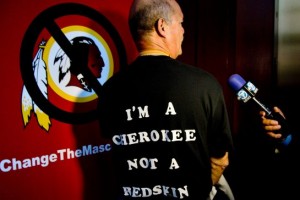As part of my research into digital storytelling as a means of expression for indigenous culture and knowledge, I have been seeking out digital stories that are shared online for public review and consideration.
Six such stories have been made available through the Prairie Women’s Health Centre of Excellence, and their project kiskino mâto tapanâsk: Intergenerational Effects on Professional First Nations Women Whose Mothers are Residential School Survivors . Each storyteller, in this project, has a unique perspective on the long term effects of the residential school system on her family and relationships. However, as Lisa Forbes states in the opening of her video story, there is a great value in viewing all of these pieces together, to understand the collective strength of their message. Each woman has the opportunity to introduce her digital story, providing insight into her choices and her motivation for the piece. While much of the material has a sombre tone, there is also a common thread of strength and resilience passed along from one generation to the next. The journeys of these storytellers provide snapshots of the ongoing legacy of the residential schools, but also reflect the plans and hopes of these women for the generations that follow them.


